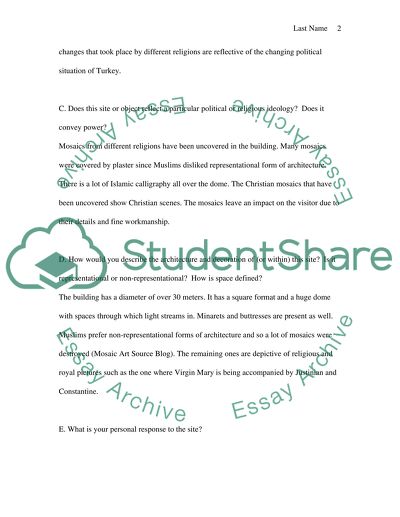Cite this document
(Hagia Sophia, Rustem Pasha, Sultan Ahmet Mosques, Dolmabahce a Topkapi Assignment, n.d.)
Hagia Sophia, Rustem Pasha, Sultan Ahmet Mosques, Dolmabahce a Topkapi Assignment. Retrieved from https://studentshare.org/architecture/1567968-site-visit-report
Hagia Sophia, Rustem Pasha, Sultan Ahmet Mosques, Dolmabahce a Topkapi Assignment. Retrieved from https://studentshare.org/architecture/1567968-site-visit-report
(Hagia Sophia, Rustem Pasha, Sultan Ahmet Mosques, Dolmabahce a Topkapi Assignment)
Hagia Sophia, Rustem Pasha, Sultan Ahmet Mosques, Dolmabahce a Topkapi Assignment. https://studentshare.org/architecture/1567968-site-visit-report.
Hagia Sophia, Rustem Pasha, Sultan Ahmet Mosques, Dolmabahce a Topkapi Assignment. https://studentshare.org/architecture/1567968-site-visit-report.
“Hagia Sophia, Rustem Pasha, Sultan Ahmet Mosques, Dolmabahce a Topkapi Assignment”, n.d. https://studentshare.org/architecture/1567968-site-visit-report.


